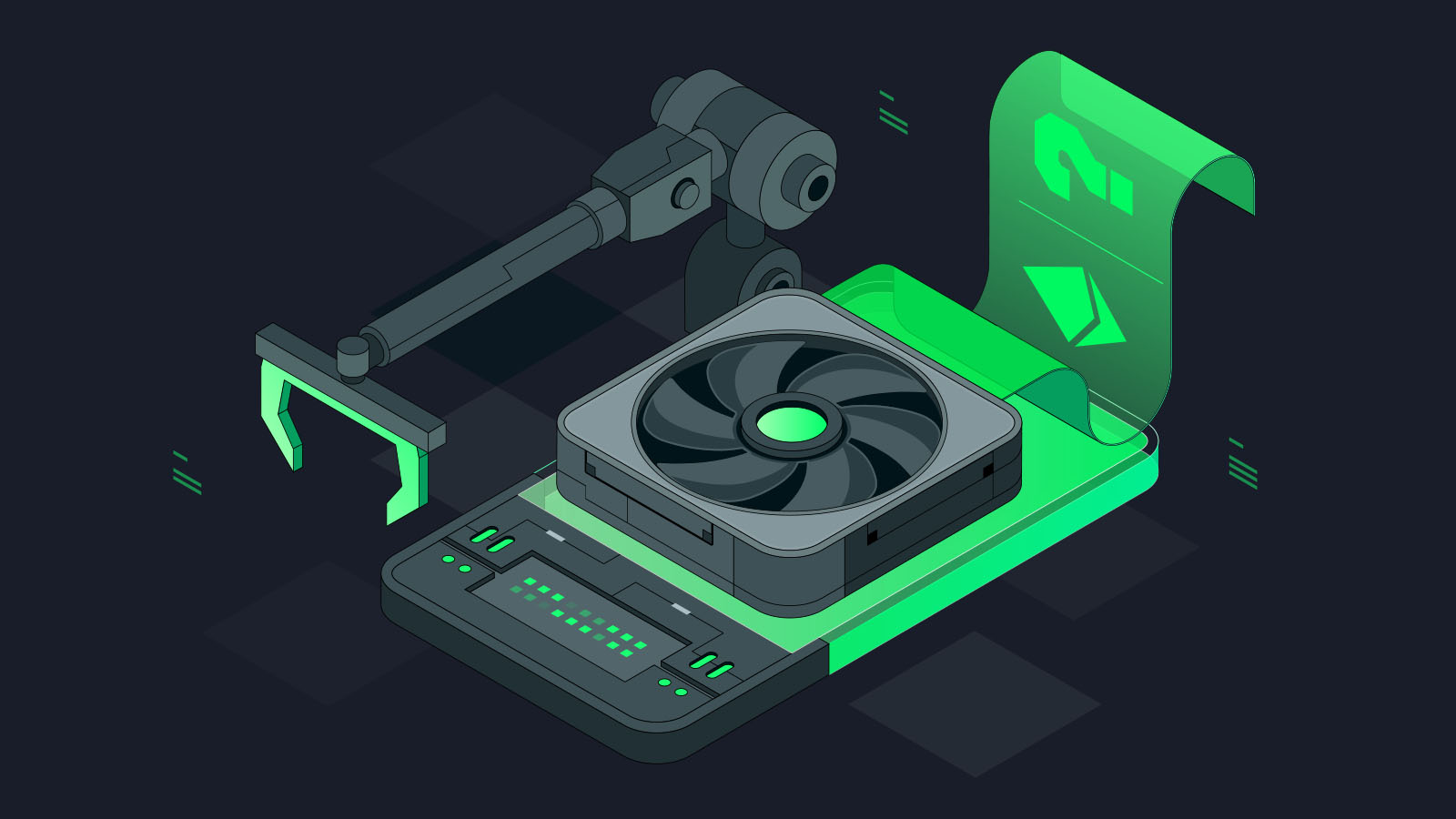Crypto Mining: New Trends and Technologies

- The Evolution of Crypto Mining: From GPU to ASIC
- Exploring the Rise of Cloud Mining Services
- Green Mining: Sustainable Practices in Cryptocurrency Mining
- The Impact of Proof of Stake on Crypto Mining
- The Emergence of Mobile Mining Apps
- Security Challenges in the World of Crypto Mining
The Evolution of Crypto Mining: From GPU to ASIC
The evolution of crypto mining has seen a significant shift from using GPU (Graphics Processing Unit) to ASIC (Application-Specific Integrated Circuit) technology. In the early days of cryptocurrency mining, miners relied on GPUs to solve complex mathematical algorithms and validate transactions on the blockchain. However, as the crypto market grew and competition increased, miners began to seek more efficient ways to mine cryptocurrencies.
This led to the development of ASIC miners, which are specifically designed to mine cryptocurrencies at a much faster rate and with lower energy consumption compared to GPUs. ASIC miners are custom-built for mining cryptocurrencies like Bitcoin, Ethereum, and Litecoin, making them the preferred choice for serious miners looking to maximize their profits.
While ASIC miners offer significant advantages in terms of speed and efficiency, they also come with some drawbacks. One of the main criticisms of ASIC miners is that they centralize crypto mining power in the hands of a few large mining operations, potentially leading to a less decentralized cryptocurrency network. Additionally, ASIC miners are expensive to purchase and may become obsolete quickly as new, more advanced models are released.
Despite these challenges, the shift from GPU to ASIC mining represents a natural progression in the crypto mining industry as miners continue to innovate and adapt to the changing cryptocurrency landscape. As technology continues to evolve, it will be interesting to see what new trends and technologies emerge in the world of crypto mining.
Exploring the Rise of Cloud Mining Services
Cloud mining services have been on the rise in recent years as more and more people look for ways to get involved in cryptocurrency mining without the hassle of setting up and maintaining their own mining rigs. These services allow users to rent mining power from companies that have large-scale mining operations, making it easier for individuals to participate in the mining process.
One of the main advantages of cloud mining services is that they offer a more convenient and cost-effective way to mine cryptocurrencies. Instead of having to invest in expensive hardware and deal with the associated maintenance costs, users can simply pay a fee to access mining power from a remote location. This can be especially appealing to those who are new to mining or who don’t have the technical expertise to set up their own rigs.
Another benefit of cloud mining services is that they often offer a greater level of flexibility compared to traditional mining methods. Users can choose from a variety of mining contracts with different durations and levels of mining power, allowing them to tailor their mining experience to their specific needs and budget. This flexibility can make it easier for individuals to get started with mining and to scale their operations as they become more experienced.
Green Mining: Sustainable Practices in Cryptocurrency Mining
Green mining is becoming increasingly important in the world of cryptocurrency. With the growing concern over the environmental impact of traditional mining practices, many companies are now focusing on implementing sustainable practices in their operations.
One of the key ways in which green mining is being achieved is through the use of renewable energy sources such as solar and wind power. By harnessing these clean energy sources, mining operations can significantly reduce their carbon footprint and minimize their impact on the environment.
Another important aspect of green mining is the use of energy-efficient hardware and cooling systems. By utilizing the latest technology, miners can optimize their energy consumption and reduce the amount of electricity needed to power their operations.
Furthermore, some companies are exploring innovative solutions such as underwater mining and geothermal mining to further minimize their environmental impact. These alternative methods not only help to reduce energy consumption but also have the potential to lower operating costs in the long run.
Overall, green mining is a crucial step towards creating a more sustainable future for the cryptocurrency industry. By adopting eco-friendly practices and investing in renewable energy sources, miners can help to mitigate the environmental impact of their operations and contribute to a cleaner, greener planet.
The Impact of Proof of Stake on Crypto Mining
The impact of Proof of Stake (PoS) on crypto mining has been significant in recent years. PoS is a consensus algorithm used by various cryptocurrencies to secure their networks and validate transactions. Unlike Proof of Work (PoW), which requires miners to solve complex mathematical problems to mine new coins, PoS allows users to mine or validate block transactions based on the number of coins they hold.
One of the main advantages of PoS over PoW is its energy efficiency. Since PoS does not require miners to solve complex puzzles, it consumes significantly less energy, making it a more environmentally friendly option. This has led to a shift in the crypto mining industry, with more cryptocurrencies adopting PoS as their consensus mechanism.
Another impact of PoS on crypto mining is the decentralization of power. In PoW systems, miners with more computational power have a higher chance of mining new coins, leading to centralization of mining power. However, in PoS systems, validators are chosen based on the number of coins they hold, which helps distribute power more evenly among users.
Overall, the shift towards PoS in the crypto mining industry has brought about positive changes, such as increased energy efficiency and decentralization. As more cryptocurrencies adopt PoS, we can expect to see further advancements in the industry that benefit both miners and the environment.
The Emergence of Mobile Mining Apps
With the rise of cryptocurrency mining, there has been a noticeable shift towards the use of mobile mining apps. These apps allow users to mine cryptocurrencies directly from their smartphones or tablets, making the process more accessible and convenient. Mobile mining apps have gained popularity due to their ease of use and the ability to mine on the go.
One of the key advantages of mobile mining apps is that they allow users to take advantage of their device’s processing power to mine cryptocurrencies. This means that users can mine cryptocurrencies without the need for expensive mining rigs or specialized equipment. Additionally, mobile mining apps often come with user-friendly interfaces, making it easy for even beginners to start mining cryptocurrencies.
Another benefit of mobile mining apps is that they often support a wide range of cryptocurrencies, allowing users to mine different coins based on their preferences. This flexibility is appealing to many users who want to diversify their mining efforts and explore different cryptocurrencies. Additionally, some mobile mining apps offer features such as cloud mining, which allows users to mine cryptocurrencies without using their device’s resources.
Overall, the emergence of mobile mining apps has democratized the mining process, allowing more people to participate in cryptocurrency mining. With the convenience and accessibility that mobile mining apps offer, it is no surprise that they have become a popular choice for both experienced miners and newcomers to the world of cryptocurrency.
Security Challenges in the World of Crypto Mining
One of the major challenges in the world of crypto mining is security. As the popularity of cryptocurrencies continues to rise, so does the interest of cybercriminals in exploiting vulnerabilities in mining operations. Security breaches can result in the loss of valuable cryptocurrency assets, as well as sensitive data.
There are several security challenges that crypto miners need to be aware of and address. One of the main issues is the risk of malware infecting mining rigs and stealing cryptocurrency funds. Miners should regularly update their mining software and use antivirus programs to protect against malicious attacks.
Another security concern is the threat of phishing attacks, where cybercriminals attempt to trick miners into revealing their cryptocurrency wallet credentials. Miners should be cautious of unsolicited emails and messages, and always verify the authenticity of any requests for sensitive information.
Additionally, crypto miners need to be mindful of the risks associated with cloud mining services. While cloud mining can offer convenience and cost savings, it also introduces security vulnerabilities. Miners should thoroughly research cloud mining providers and ensure they have robust security measures in place.




